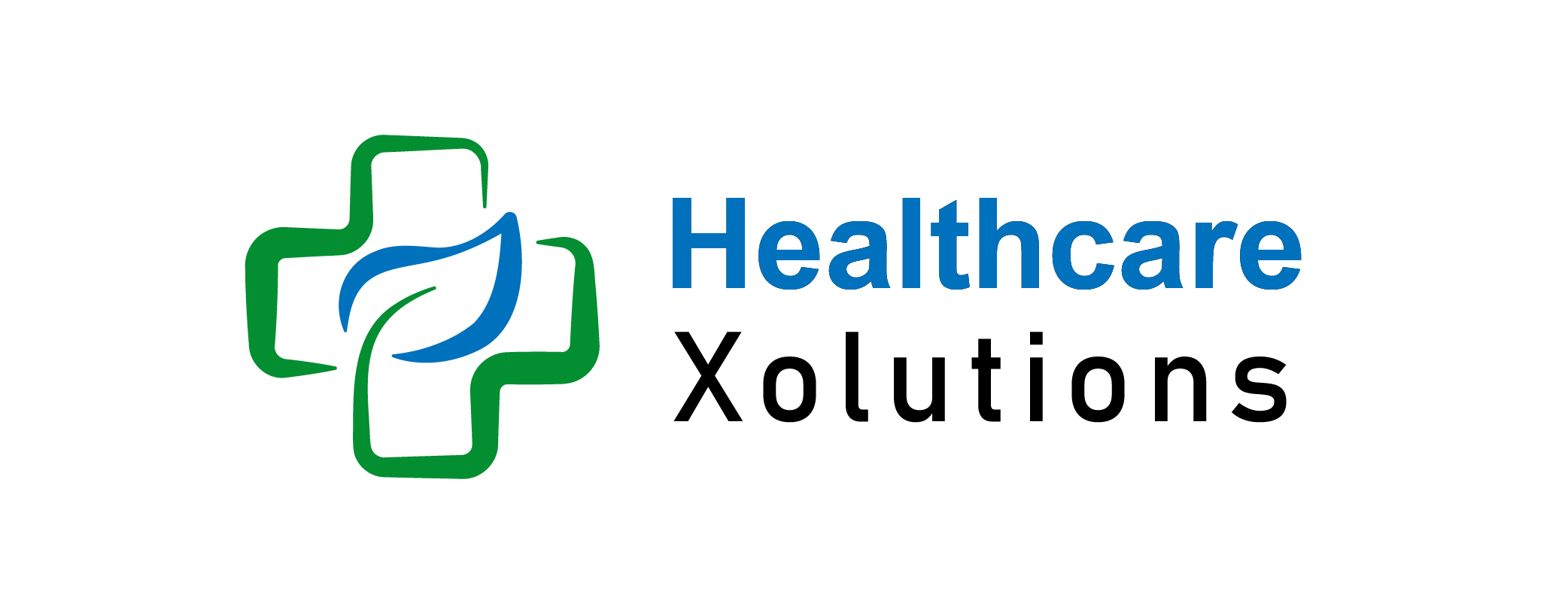Demystifying ACA Premiums: What You Need to Know

The Affordable Care Act (ACA), often called “Obamacare,” revolutionized the health insurance marketplace in the U.S., making coverage more accessible for millions of Americans. One of the key elements of this law is the structure of ACA premiums, which are the monthly costs you pay for health insurance coverage. Understanding these premiums and the factors that influence them is critical to making informed decisions about your healthcare plan.
In this article, we will dive into the nuances of ACA premiums, how they’re calculated, the financial assistance available, and what you should consider when selecting a plan.
Key Takeaways:
- Age and income significantly influence ACA premium costs, with older individuals typically paying more.
- Subsidies like premium tax credits can greatly reduce the cost of ACA premiums for low- and middle-income individuals.
- Location matters: Premiums vary by geographic region due to healthcare costs and local insurance markets.
- Open enrollment is critical for selecting the best ACA plan or changing your existing one to suit your current needs.
- Plan categories impact both premiums and out-of-pocket costs—choosing the right balance between coverage and affordability is key.
- Preventive services and HSAs can help reduce overall healthcare costs under ACA plans.
What Are ACA Premiums?
ACA premiums are the monthly payments made to maintain your health insurance coverage under an ACA-compliant plan. These plans are typically purchased through the Health Insurance Marketplace, though they may also be available through private insurers that offer ACA plans. Premiums vary significantly depending on several factors, including your income, the type of plan you choose, your geographic location, and your household size.
The ACA established different “metal” tiers of coverage—Bronze, Silver, Gold, and Platinum. Bronze plans tend to have the lowest premiums but higher out-of-pocket costs, while Platinum plans have the highest premiums but lower costs when you need care.
Factors That Influence ACA Premiums:

- Age: One of the primary factors influencing your ACA premium is your age. The older you are, the higher your premium. ACA guidelines allow insurers to charge older adults (those in their 60s) as much as three times more than younger individuals in their 20s.
- Income: Your household income plays a crucial role in determining your premium. If your income is between 100% and 400% of the federal poverty level (FPL), you may qualify for subsidies, also known as premium tax credits, that significantly reduce your monthly costs.
- Geographic Location: Where you live can also affect your ACA premium. Healthcare costs vary from one region to another due to differences in medical service costs, competition among insurers, and local regulations. For example, premiums in rural areas may be higher due to a smaller network of providers.
- Household Size: The size of your household, including dependents, also impacts your premium. A larger household could mean more coverage needs, which may influence the cost of the plan.
- Plan Category: ACA plans are divided into four categories—Bronze, Silver, Gold, and Platinum. The category you choose will affect your premium, with Bronze plans typically having the lowest premiums but higher out-of-pocket costs, while Platinum plans have the highest premiums but lower out-of-pocket expenses.
- Tobacco Use: In many states, insurers can charge higher premiums to individuals who use tobacco products. This surcharge can increase your monthly costs by up to 50%.
How Are ACA Premiums Calculated?
Several factors influence the ACA premiums amounts you pay for an ACA plan. Here’s a breakdown of the primary considerations:
- Age: Younger individuals typically pay lower premiums, while older individuals will see higher monthly costs.
- Geographic location: Health insurance costs vary by state and even by county. Factors such as the cost of living and the competitiveness of the insurance market in your area play a role.
- Tobacco use: Smokers may be charged up to 50% more in premiums compared to non-smokers, depending on the plan.
- Household size: Premiums are partially based on the number of people covered under the plan. Larger households may qualify for more significant subsidies.
- Income: Perhaps the most critical factor in determining your premium is your income. If your household income is between 100% and 400% of the federal poverty level (FPL), you may qualify for premium subsidies (tax credits).
Premium Subsidies (Tax Credits):
One of the primary goals of the ACA was to make health insurance more affordable for low- and middle-income Americans. The law provides premium subsidies—formally known as the Advanced Premium Tax Credit (APTC)—which can help lower your monthly premium payments.
- How they work: The tax credits are calculated based on your household income and the cost of insurance in your area. You can apply these subsidies directly to your monthly premiums, reducing what you pay out-of-pocket each month.
- Eligibility: Generally, households earning between 100% and 400% of the FPL qualify for subsidies. However, as of 2021 under the American Rescue Plan Act, subsidies were temporarily expanded, making more people eligible and capping the maximum premium at 8.5% of household income for certain plans.
Out-of-Pocket Costs Beyond Premiums:
It’s essential to understand that premiums are just one part of the total cost of healthcare. ACA plans also have other out-of-pocket costs, including:
- Deductibles: The amount you pay for covered services before your insurance begins to pay.
- Co-payments: Fixed fees you pay for specific services, like doctor visits.
- Coinsurance: A percentage of the cost of a covered service that you must pay after meeting your deductible.
While Bronze plans offer lower premiums, they come with higher out-of-pocket expenses. Conversely, Gold and Platinum plans have higher premiums but lower deductibles and other costs.
The Importance of Selecting the Right Metal Tier:
The ACA marketplace offers plans in four metal tiers—Bronze, Silver, Gold, and Platinum—each providing different levels of coverage. Understanding the differences between these tiers is vital for selecting the right plan for your healthcare needs and financial situation:
- Bronze Plans: Lower monthly premiums, but higher out-of-pocket costs. Best for individuals who don’t expect to use much healthcare.
- Silver Plans: Moderate premiums and out-of-pocket costs. These plans are the most popular because they balance affordability with reasonable coverage, especially for those eligible for cost-sharing reductions.
- Gold Plans: Higher premiums but lower deductibles and co-payments. Ideal for individuals who expect to use more healthcare services.
- Platinum Plans: The highest premiums but the lowest out-of-pocket costs. These plans work best for those who need frequent medical care and can afford higher monthly payments.
Special Enrollment Periods and Changes To ACA Premiums:
ACA enrollment occurs annually during the Open Enrollment Period, typically from November through mid-December. However, certain life events like marriage, the birth of a child, or loss of other health coverage can trigger a Special Enrollment Period (SEP), allowing you to enroll or switch plans outside the regular window.
Keep in mind that your premiums may change year-to-year due to modifications in insurance rates, shifts in your income, or changes in your family size. It’s important to reassess your health coverage and potential subsidies each year during the open enrollment period.
Conclusion:
ACA premiums are a critical part of maintaining health insurance coverage through the Health Insurance Marketplace. Understanding the factors that influence your premium, the subsidies available to lower your costs, and strategies to manage your healthcare expenses can empower you to make informed decisions about your coverage. By evaluating your needs and staying on top of enrollment periods, you can find a plan that fits both your healthcare needs and budget.
In a time when healthcare costs are a significant concern for many, the ACA offers a valuable lifeline, providing affordable coverage options for millions of Americans. Demystifying how premiums work is the first step toward optimizing your healthcare plan and ensuring that you and your family have access to the care you need.
